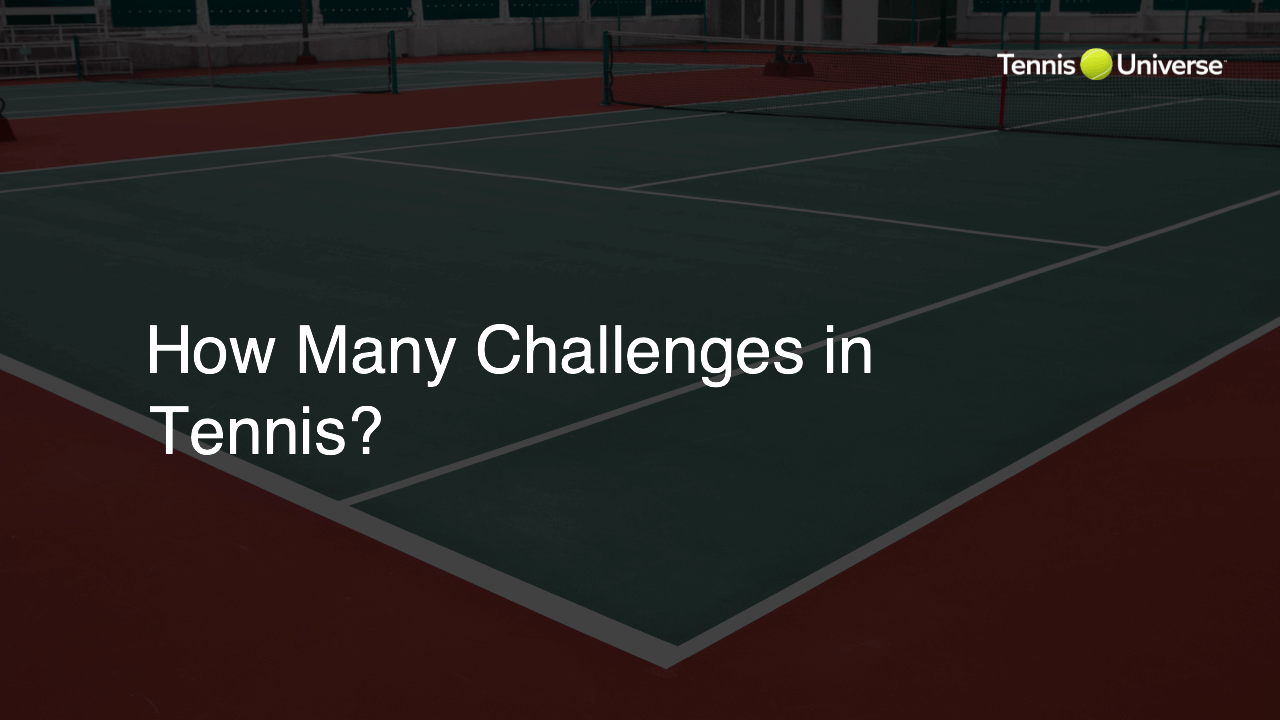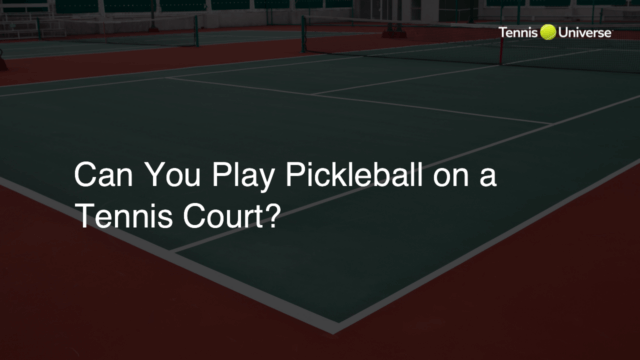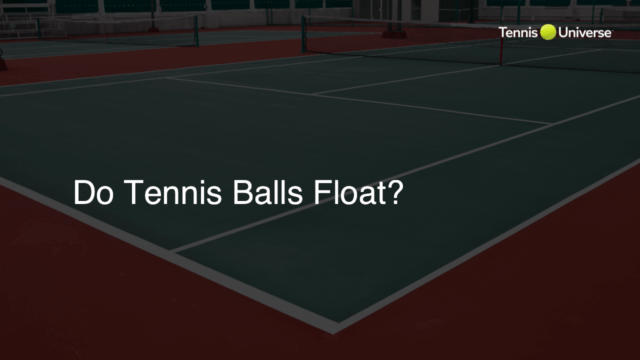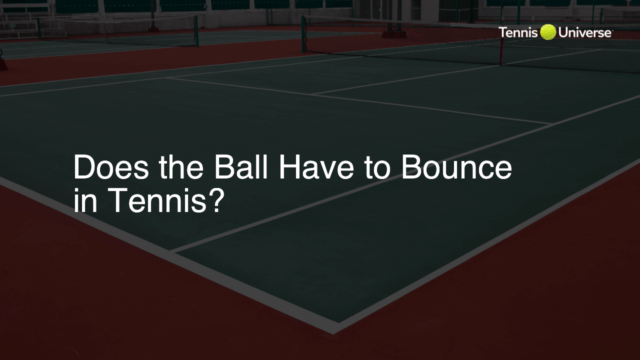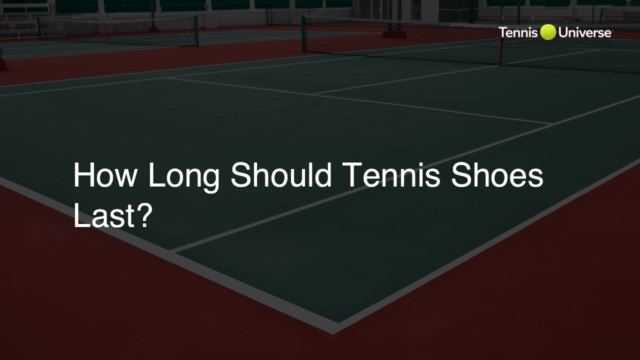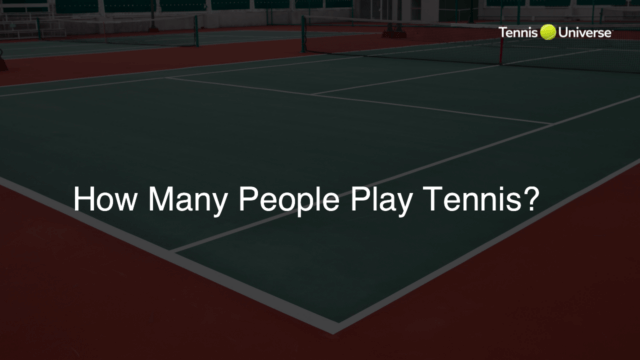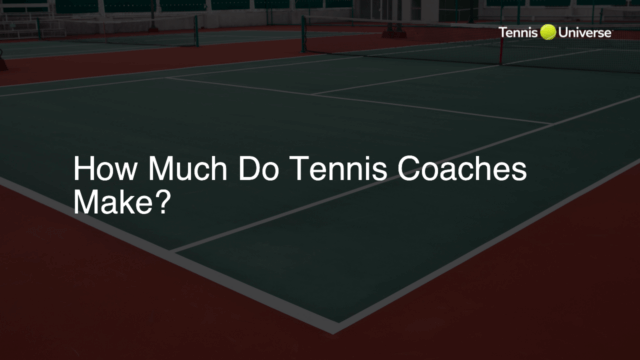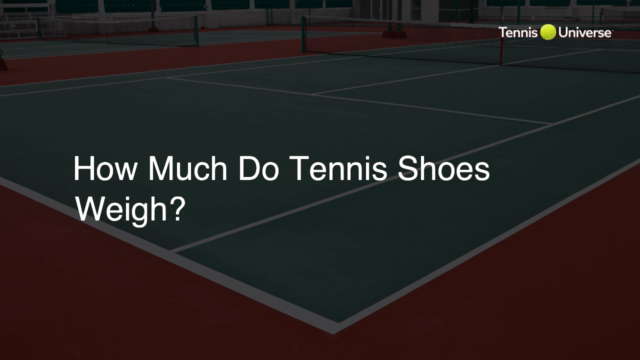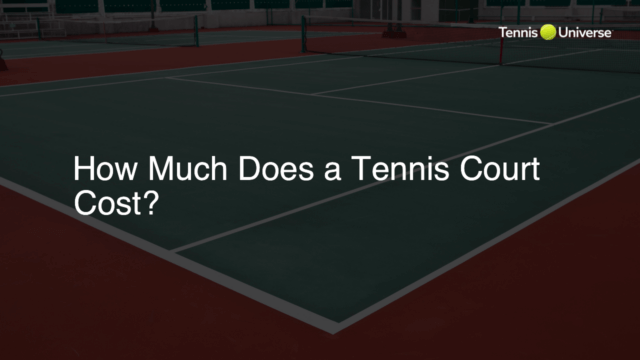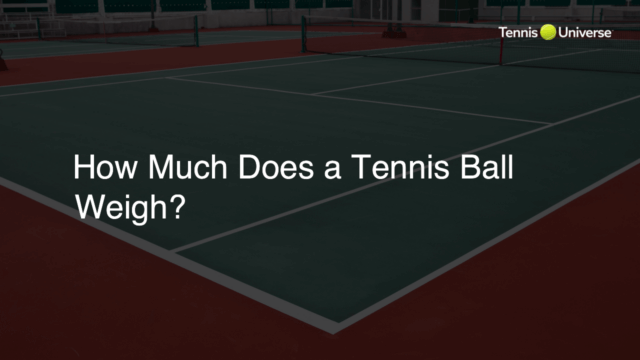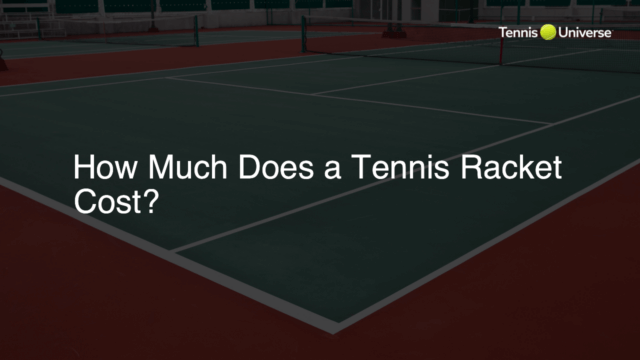In tennis, players are allowed to make 3 incorrect challenges per set, plus an additional challenge if the set reaches a tiebreak. This rule applies to tournaments using the Hawk-Eye electronic line-calling system and can vary for team competitions like the Davis Cup and Billie Jean King Cup.
Understanding Tennis Challenges
The Hawk-Eye electronic line-calling system has become an essential element in professional tennis. This advanced technology aims to enhance the accuracy of in-match line calls, ultimately giving players a fair chance to challenge dubious calls. In this blog post, we will discuss how many challenges are allowed per tennis match and when players can use them.
Number of Challenges Per Set
In a typical professional tennis match, players are permitted to make 3 incorrect challenges per set. Every player can exercise their right to challenge a line call when they believe it is incorrect. However, maintaining a strategic approach to using challenges is vital, as they are limited, and an excessive number of incorrect challenges can exhaust a player’s opportunities quickly.
Challenges in Tiebreaks
When a set reaches a tiebreak, players receive an additional challenge, even if they haven’t used any of their initial 3 incorrect challenges. This means that during a tiebreak, a player can have up to 4 incorrect challenges at their disposal. It is important to note that unused challenges do not carry over to the next set.
Exceptions in Team Competitions
In some team competitions like the Davis Cup and Billie Jean King Cup, the challenge rules may vary. These tournaments have their own set of rules regarding challenges, and players should be well-versed with those nuances before participating in such events.
Incorporating Challenges into Your Game
Every time a player swings their tennis racket, they’re not only attempting to outplay their opponent, but they’re also entrusting their game to the judgment of line officials. With the Hawk-Eye system in place, players can have more confidence in the fairness of each call, and strategically managing their challenges can make a significant difference in the match outcome.
Importance of Hawk-Eye in Tennis
The introduction of Hawk-Eye technology for tennis line-calling purposes has revolutionized the sport, eliminating much of the controversy surrounding close or contested calls. This system utilizes multiple cameras placed around the court to track the ball’s trajectory, calculating its precise landing point on the court. As a result, players receive an unbiased assessment of the call, ensuring that the outcomes of matches remain fair and accurate.
Challenge Strategy in Tennis
Another crucial factor players must consider when using challenges is the art of strategizing. Players should be cautious when deciding whether or not to challenge a line call, especially in the early stages of a set. Here are some tennis tips to maximize the effectiveness of your challenges:
Trust Your Instincts
While on the court, it’s important to rely on your instincts when you believe a call is wrong. Sometimes, the difference between a correct and incorrect call is a matter of millimeters, so if you have a strong feeling a call is off, use a challenge.
Keep Track of Your Remaining Challenges
While focusing on your game, it’s crucial not to lose sight of how many challenges you have left. Be judicious in conserving your challenges for critical points or when you have higher confidence in your judgment.
Work with Your Doubles Partner
In doubles matches, communication with your partner is crucial. Ensure that both players are on the same page regarding challenges and that you make joint decisions on whether to use a challenge or not.
Final Thoughts on Challenges
While Hawk-Eye technology and the challenge system have undoubtedly improved fairness in tennis, players must still approach challenges strategically to make the most of them. Balancing your instincts with smart decisions about when and where to use a challenge is essential to maintain the upper hand throughout a match. By implementing these tennis tips, you can enhance your overall game and make your challenges count.
FAQ Section
In this section, we will address some common questions related to tennis challenges and Hawk-Eye technology that fans, players, and enthusiasts may often ask. Find the answers to these frequently asked questions in a direct and concise manner below.
How accurate is the Hawk-Eye technology in tennis?
Hawk-Eye technology is highly accurate, with a margin of error of approximately 3.6 millimeters. Its precision has led to its widespread adoption in professional tennis tournaments, significantly reducing disputed line calls and enhancing the sport’s fairness.
Do challenges reset for each set in a match?
Yes, the number of challenges resets in every set. Players are allowed 3 incorrect challenges per set and an additional challenge for tiebreaks. Any unused challenges do not carry over to subsequent sets.
Are challenges allowed in all tennis tournaments?
Challenges are allowed in most professional tennis tournaments that employ the Hawk-Eye system. Some lower-tier events and smaller tournaments may not have the system in place due to the costs involved in implementation, which means players cannot use challenges in those events.
Do players get unlimited challenges if they’re correct?
If a player’s challenge is correct, it’s deemed successful and not counted against the player’s total for the set. A player can make as many correct challenges as needed without penalty. The counter only decreases for incorrect challenges.
Can a chair umpire overrule a line call without a player’s challenge?
Yes, a chair umpire has the authority to overrule a line call if they have a clear view of the ball landing and are confident that the original call was incorrect. However, this occurs less frequently since the implementation of the Hawk-Eye system, as players can challenge calls they believe to be wrong.

